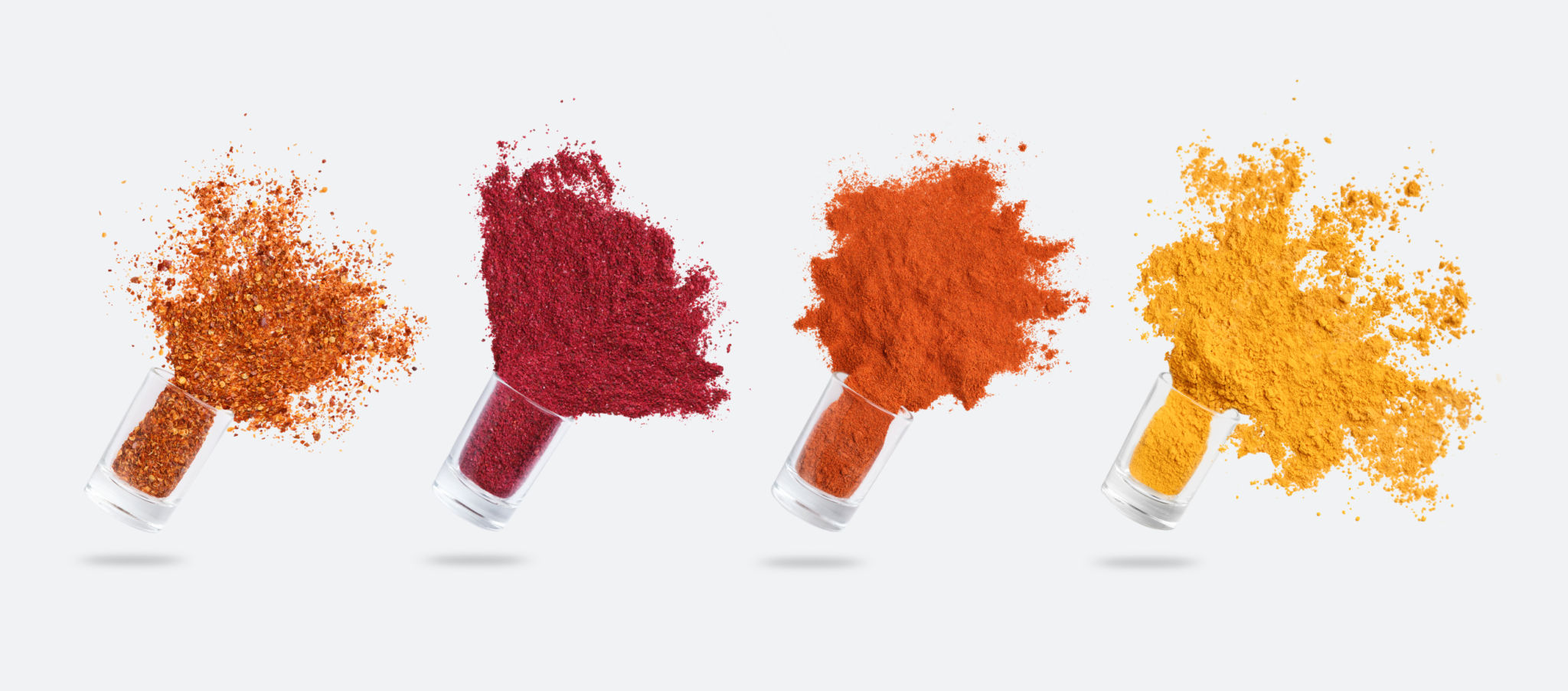Exploring the Culinary Influence of Australian Ingredients
The Rich Diversity of Australian Ingredients
Australia's unique geography and climate have given rise to an incredible diversity of native ingredients. These ingredients not only play a significant role in traditional Aboriginal cuisine but are increasingly being embraced by modern chefs around the world. The country's vast landscapes, ranging from arid deserts to lush rainforests, offer a wealth of flavors and textures that are deeply rooted in its natural heritage.
From the tangy notes of finger limes to the rich, nutty flavor of macadamia nuts, Australia's native produce offers a tantalizing array of tastes. The growing trend of using these ingredients is not merely about exploring new flavors; it’s also about sustainability and reconnecting with the land. Chefs worldwide are beginning to understand the potential of these ingredients, incorporating them into their dishes to offer something truly unique.

Native Fruits and Their Role in Modern Cuisine
One of the standout categories of Australian ingredients is its native fruits. Finger limes, often referred to as "citrus caviar," have captured the attention of chefs for their unique appearance and zestful flavor. These tiny bead-like vesicles burst with a refreshing tang, making them perfect for garnishing seafood or adding a citrusy kick to desserts.
Another popular fruit is the Davidson's plum, known for its intense tartness and deep purple color. Rich in antioxidants, it is frequently used in jams, sauces, and desserts, adding a vibrant hue and a punchy flavor. The Kakadu plum, boasting the highest vitamin C content of any fruit globally, has been used for centuries by Indigenous Australians for its medicinal properties and is now being integrated into health foods and cosmetics.

Bush Spices: Adding Depth to Dishes
Australia's bush spices are another fascinating element of its culinary landscape. Wattleseed, a versatile spice used by Indigenous Australians, offers a coffee-like aroma with chocolate and hazelnut undertones. It's commonly used in both savory and sweet dishes, enhancing everything from breads to ice creams.
Lemon myrtle, with its intense lemon flavor and aroma, is a favorite among chefs looking to add a citrusy punch to their creations. It's often used in marinades, dressings, or even infused into syrups for cocktails. The unique combination of these bush spices allows chefs to experiment with flavors that are distinctly Australian.

Proteins: Beyond Meat and Seafood
Native Australian proteins are also gaining popularity in modern cuisine. Kangaroo meat, leaner than beef and rich in iron, is celebrated for its health benefits and sustainability. It has become a staple in many restaurants, offering a gamey flavor that pairs well with robust spices and sauces.
Seafood is another cornerstone of Australian cuisine, with species like barramundi and Moreton Bay bugs being highly prized. These proteins are celebrated not only for their taste but also for their ecological significance. As consumers become more conscious of their food choices, these sustainable options are becoming more appealing.
Conclusion: Embracing Australia's Culinary Heritage
The exploration of Australian ingredients offers an exciting opportunity for chefs and food lovers worldwide to embrace a unique culinary heritage. By incorporating these native elements into contemporary dishes, they not only celebrate Australia's rich biodiversity but also promote sustainability and cultural awareness.
As more people discover the potential of these ingredients, Australia's culinary influence is set to grow, bringing new flavors and innovative dishes to tables across the globe. By valuing these ingredients, we not only enhance our dining experiences but also contribute to preserving the natural environment from which they originate.